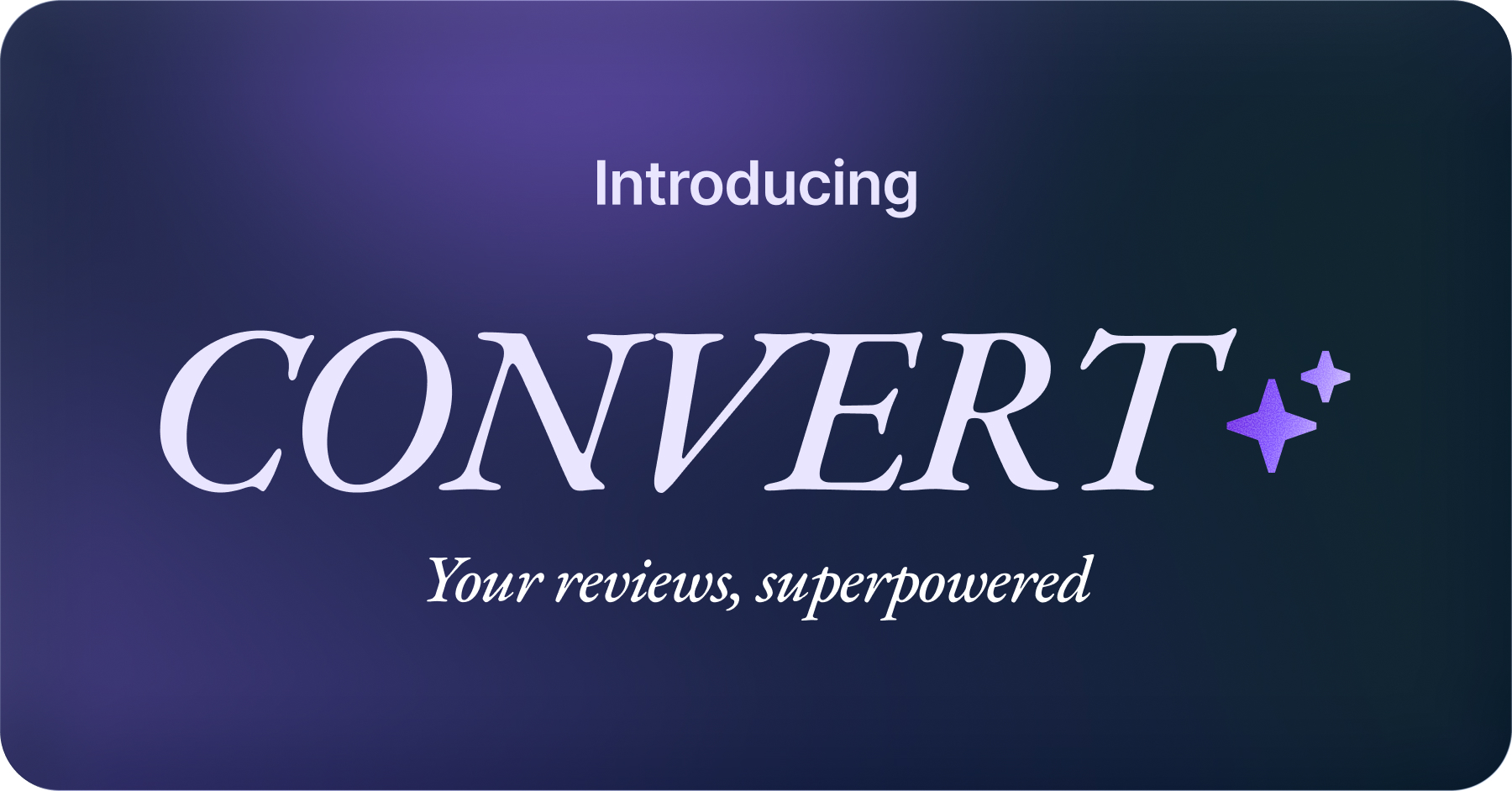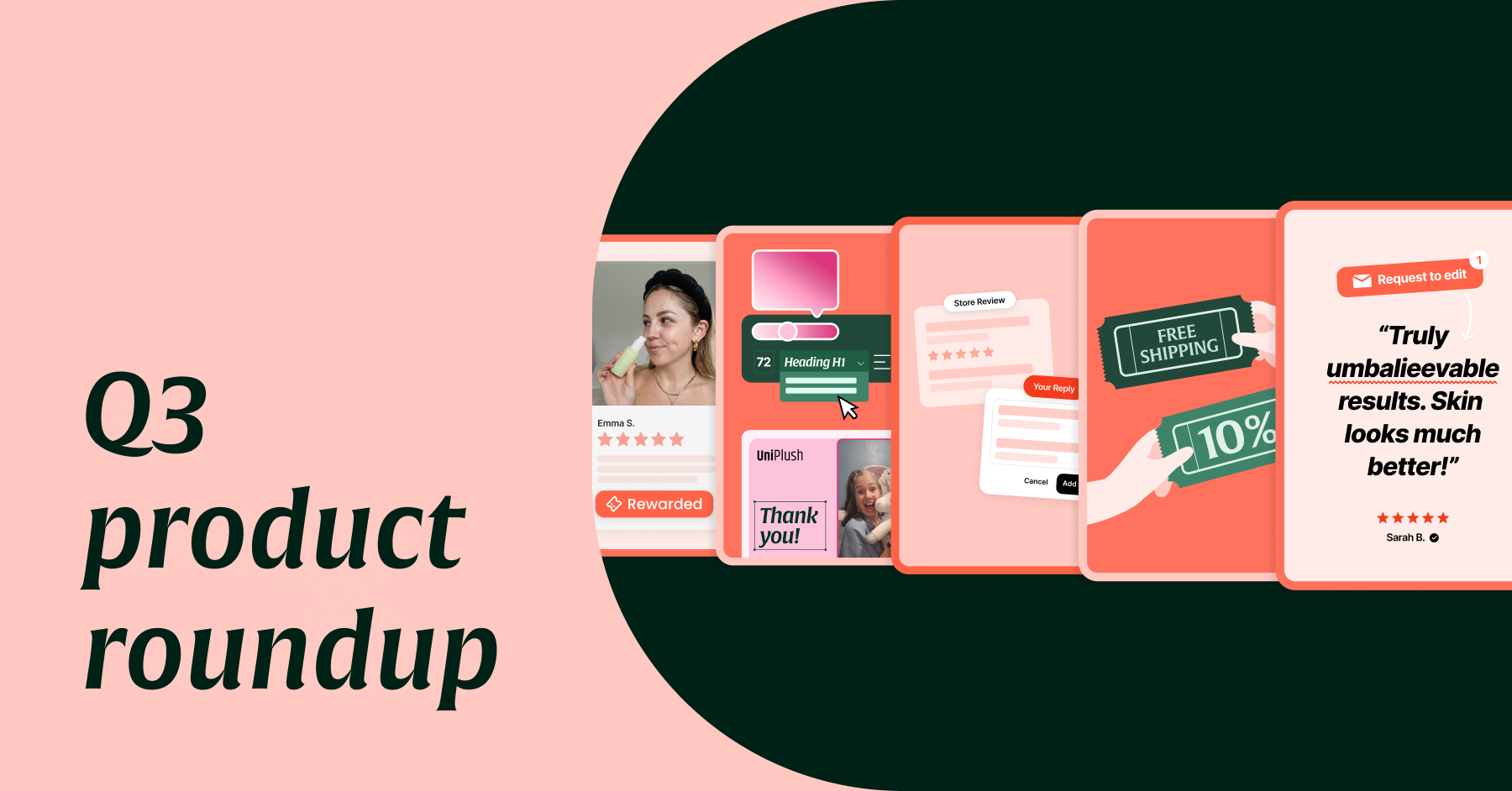Staying competitive with consumers' changing habits post COVID

Shopify grew 10 years worth in 1 year as a result of COVID-19. That’s an 86% increase over 2019. COVID propelled most brands to change their strategy and adapt to the ever changing digital space whether they were ready or not. Yet as 2020 came to an end and pandemic conditions improved, many eComm professionals were expecting consumers to head back to brick-and-mortar stores seeking out those physical experiences that they had been denied for a year. Subsequently, some foresaw that the industry would start to see a slow decline in online shopping, reversing growth from previous years.
Doug Darroch from Renaissance shared that they are beginning to see a change in people’s shopping habits, after a year of only working from home.

Some shoppers are already taking action to get back to ‘normal’ life, but looking back at the first half of 2021, reality has proven to be totally different from these predictions. While at a lower pace, eComm is still growing as consumers have already adjusted to the convenience of online shopping. Home offices, curbside pickup and lots of cooking practice along with getting used to more flexible schedules are habits that are predicted to stick following the pandemic and thus, retain their industries’ digital gain in the past year. 2021 has shown us that digital channels are in constant growth, WFH (work from home) is here to stay and that brands have to stay competitive to keep up with consumers' constantly changing habits. As a result, the cost of ad spend is rising and we see a shifting focus onto organic growth and customer retention.
Shopify experts, like Miten Shah from XgenTech, have already come to realize that the digital revolution is going nowhere and that e-commerce is going to keep being a major part of our lives.

We did some research reflecting on what happened in H1 of 2021 and extracted tips and insights from industry experts as to how to best move forward.
Visual customer feedback is more important than ever before
User generated content and product reviews are already an integral part of the online shopping experience. With brick and mortar stores being closed during the pandemic, brands were unable to observe how customers physically interact with their products, forcing them to get this information elsewhere. Visual feedback, in the form of product reviews with photos, has gained importance since, and online stores now need to focus on collecting and showcasing photo reviews to better understand their clients’ needs.
Let’s take Compass Coffee as an example, a 12-shop coffee chain founded in 2014 in the DC-area. During the years, the company maintained an eCommerce shop but served as an informational site rather than an online retailer. Due to COVID-19, Compass Coffee did a major shift to online to meet the at-home consumer, knowing that product reviews and customer content could enable them to quickly understand their transformed demographic’s opinion of their products.
Through photo reviews, the team was able to quickly learn that many of their customers have drip brewers and don’t own coffee grinders. As a result, ground coffee became an important project for the team.
”The photo reviews create this crowded, energized, community feel (like our physical coffee shops) directly on our product pages. This allows us to show a snapshot of our loyal customers that we otherwise wouldn't have.”
Joel Shetterly, Head of Design, Compass Coffee
Pro tip: Focus on collecting visual reviews to learn how your customers use your products, allowing you to adapt quickly and accordingly to their changing needs.
UGC in omnichannel campaigns is a ‘trust’ turning point
Customer trust is more fragile than ever before. With the rise in online shopping, unfortunately there has also been an increase in the amount of fraudulent activities, causing consumers to be more wary about the legitimacy of stores and refer to reviews to gain trust.
Not only has trust-building become a top priority for merchants, but also the need to meet the clients where they are, and that's the digital space. Visiture, a leading e-commerce marketing agency, had noticed an increased demand in digital services, as their clients were building their marketing strategies in the beginning of the year.

Utilizing UGC in marketing campaigns has changed the face of modern marketing and turned professional content making to out-of-fashion ‘salesy’ techniques. From Instagram influencers to customer reviews, most brands today rely on user generated content to gain trust with their consumers and increase their conversions.
With customers’ photos being 5X more likely to convert customers, and lower costs, it's no shock brands use their consumers as billboards.
By engaging your customers through different digital channels during their decision making process, you can provide brand reassurance which can benefit you in the short-term and long-term. Utilize your user generated content and reviews to help buyers complete their purchase in full confidence your product is right for them. Adding reviews to abandoned cart campaigns, for example, is a great start. Your customers can see what they’re missing out on, directly from people just like them, already enjoying your product. Have your products and happy customers do the work for you.
As Ashley Scorpio from Hawke Media shared, “it’s more important than ever to have and hone an omnichannel commerce strategy.”
Pro tip: Build an omnichannel marketing strategy and use UGC to gain your customers' trust in your brand along their shopping experience.

The need for a ‘Full store feeling’ is paramount
Even with the lifting of some pandemic restrictions, consumers are still hesitant to buy in-store, thus shoppers don’t find themselves shopping in crowded popular places as often. When trying to decide where to eat, are you going to pick the restaurant full of diners or the one that is empty? The majority of us will pick the full one thanks to the psychology of social proof. The same mentality works for online shopping as well. This means your online store now has new responsibilities, with the major one being the need to create a ‘full store feeling’ and present a reliable, well-known brand. Your online store is where you build your brand and community, and where you need to provide the full shopping experience, when customers can’t visit your brick and mortar store.
Focus on showcasing your happy customers, and add content that encourages user interaction, allowing you to build relationships with customers. Q&A section, video testimonials and rewards programs are all great ways to do so.
Pro tip: Create a high-impact, dedicated page to display UGC and customer purchases to allow your clients both gain validity in your brand, but also discover new products that might spark their interest.

Ad spend is rising, it’s time to get creative
With the increase in online competition, you might find yourself needing to allocate more budgets for ads just to keep the same amount of inbound traffic to your store. Thus, it’s time to get creative and efficient and learn how you can do more, for less, as Stephanie David, the founder of Popnod shared.

You now need to engage and nurture your already happy customers to make sure they come back to your store for returned purchases and help you spread the word. Nurturing current customers and using them as your billboard using referral, reward and loyalty programs, creates a Win-Win-Win situation.
Let’s break it down on how referrals actually work:
- A happy customer shares their purchase with a close friend or family member
- The customer is rewarded with a discount for their next purchase which increases the likelihood of returned purchases - Win
- As a referral, the close friend or relative is now 3 times more likely to make a purchase, plus they have a discount they are eager to redeem - Win
- Your store benefits with cost-free high converting traffic, better retention and repeat-buys and of course, new happy customers to continue the referral cycle - Win
Focusing on loyal customers will probably be your most cost-effective strategy to continue scaling your business.
Ankit Minocha from Shop2app also shared that concentrating on customer retention is inevitable going forward.

Pro tip: Create a simple two-sided reward referral program to reduce ad spend, improve retention, and increase conversions.
It has now been over a year since COVID broke and shook our world, probably forever. Work habits, daily routines and even the way we buy groceries have all been impacted.
E-commerce has strived during this time, expanding out of Gen Z and millennials and reaching older generations that have also moved online. Competition increased, and online store owners must be on top of their game. Luckily, adjusting to the new digital reality and keeping up with the everlasting changes, can be achieved, in a few, relatively easy steps.


.jpg)
